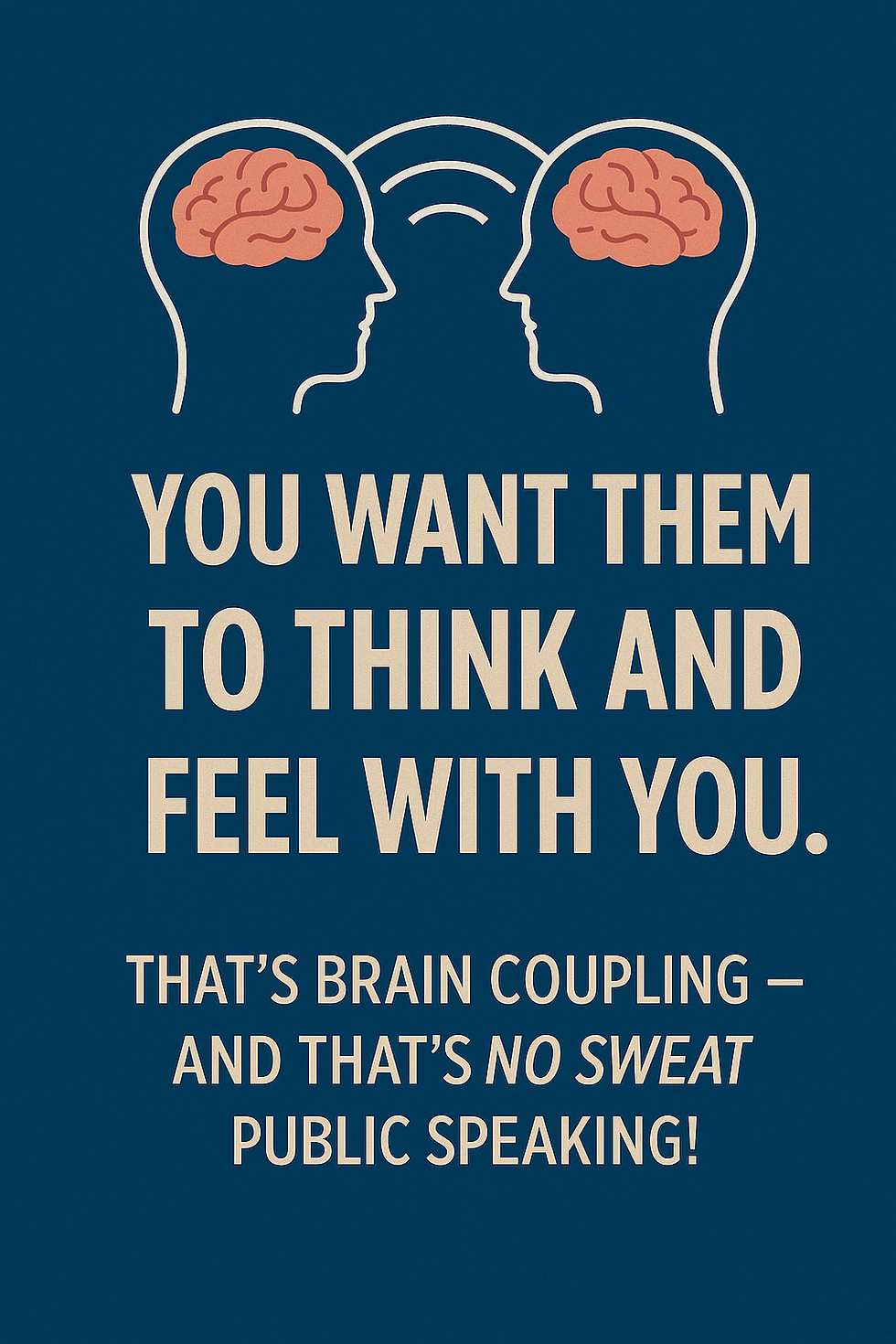To Improve Public Speaking and Presentation Skills . . .
- Fred Miller

- Aug 4, 2019
- 3 min read
Practice! – Practice! – Practice! Speak! – Speak! – Speak!
You can read books, watch videos, take public speaking classes, and join Toastmasters. These activities will help you learn the components, parts, and elements of great presentations. They will teach you about:
Content and delivery.
The importance of writing your own introduction.
How and when to take questions.
The law of primacy and recency and why a strong opening and stronger closing are essential.
Why and the best ways for using props.
And a host of other public speaking ‘best practices.’
However, they will not, by themselves, improve your public speaking and presentation skills. Only two things will do that:
Practicing.
Speaking.
Practicing
There are a variety of ways to practice:
Audio
A good digital recorder will allow you to hear all the elements of verbal communication; pronunciation, cadence, inflection, projection, and pausing.
In front of a mirror
Practice eye contact, facial expressions, gestures, and posture. They need to be magnified for large audiences.
In front of friends and family.
Ask, “What three things will improve my presentation?” (If you just ask, “How can I Improve, you probably won’t get as much helpful advice.”)
Practice the “Sticky Spots.”
Those often are avoided.
Conquer or change them.
Record yourself: video and audio.
The first time you review it, turn the sound off.
Just watch. Knowing nonverbal communication trumps verbal, look for:
Are you twitching or leaning?
Are your eyeballs looking around?
Are you giving any cues that maybe you’re not engaged with your audience?
The second time you use it, just listen.
How is the quality of your voice?
Are you using any “ahs,” “errs,” or other filler words?
How is your cadence? Are you varying it?
Are you pausing?
How is your pronunciation and enunciation?
The third time you use it, watch and listen to audio and video.
You will see and hear what the audience sees and hears.
The fourth time, have a good friend or a coach next to you.
Have them watch and listen.
We all have blind spots. Sometimes we’re being too tough on ourselves. Sometimes we’re missing things.
“Practice isn’t the thing you do once you’re good. It’s the thing you do that makes you good.” – Malcolm Gladwell, Outliers
Speaking
Speak as often as possible, to a variety of audiences, in a wide variety of venues.
If possible, speak on different topics. They can be work related, a hobby, or something you are passionate about.
Critique each talk, tweak it, and present it, again.
“The learning is in the doing.”
Practice! Practice! Practice! and Speak! Speak! Speak! and I guarantee your next presentation will be absolutely, positively – NO SWEAT!
——————————————————————————————————————————————————————————————————————————————————————————————————

About the Author Fred E. Miller is a speaker, an international coach, and the author of the books, “NO SWEAT Public Speaking!” and“NO SWEAT Elevator Speech!”
Businesses, Individuals, and Organizations hire him because they want to improve their Networking, Public Speaking, and Presentation Skills.
They do this because they know: Speaking Opportunities are Business, Career, and Leadership Opportunities.
They also know: We perceive really great speakers to be Experts. We like to work with Experts.
He shows them how to: Develop, Practice, and Deliver Fantastic Presentations! with – NO SWEAT!
Services:
Topics:
Lessening The Fear of Public Speaking with – NO SWEAT!
Crafting Your Elevator Speech, Floor by Floor with – NO SWEAT!
Speaking Opportunities are Business, Career, and Leadership Opportunities.
We are All Self-Employed!
#Questions #ExecutiveSpeakerCoaching #ElevatorSpeech #Communication #SpeakerTraining #UltimateGuideforPublicSpeaking #PublicSpeakingAuthor #PublicSpeakingCoach #audience #UltimateGuideforPresentations #PresentationTraining #Talking #ElevatorPitch #ExecutivePresentationCoaching #NOSWEATPublicSpeaking #PublicSpeaking #Speaking #KeynoteSpeaker #SelfImprovement #EXPRESSElevatorSpeech #ExecutiveSpeechCoach #PresentationCoach #GuideforPublicSpeaking #LesseningtheFearofPublicSpeaking #ElevatorSpeechWorkshops #CommunicationSkills #FredMiller #GuideforPresentations #Networking #QampA #presentationskills #PresentationTrainingStLouis #PublicSpeakingClasses #ExecutivePresentationCoach #TEDTalkCoach #PublicSpeakingClassesNearMe #ProfessionalSpeaker #StLouisSpeakerStLouisPresentationCoach #presentation




Comments